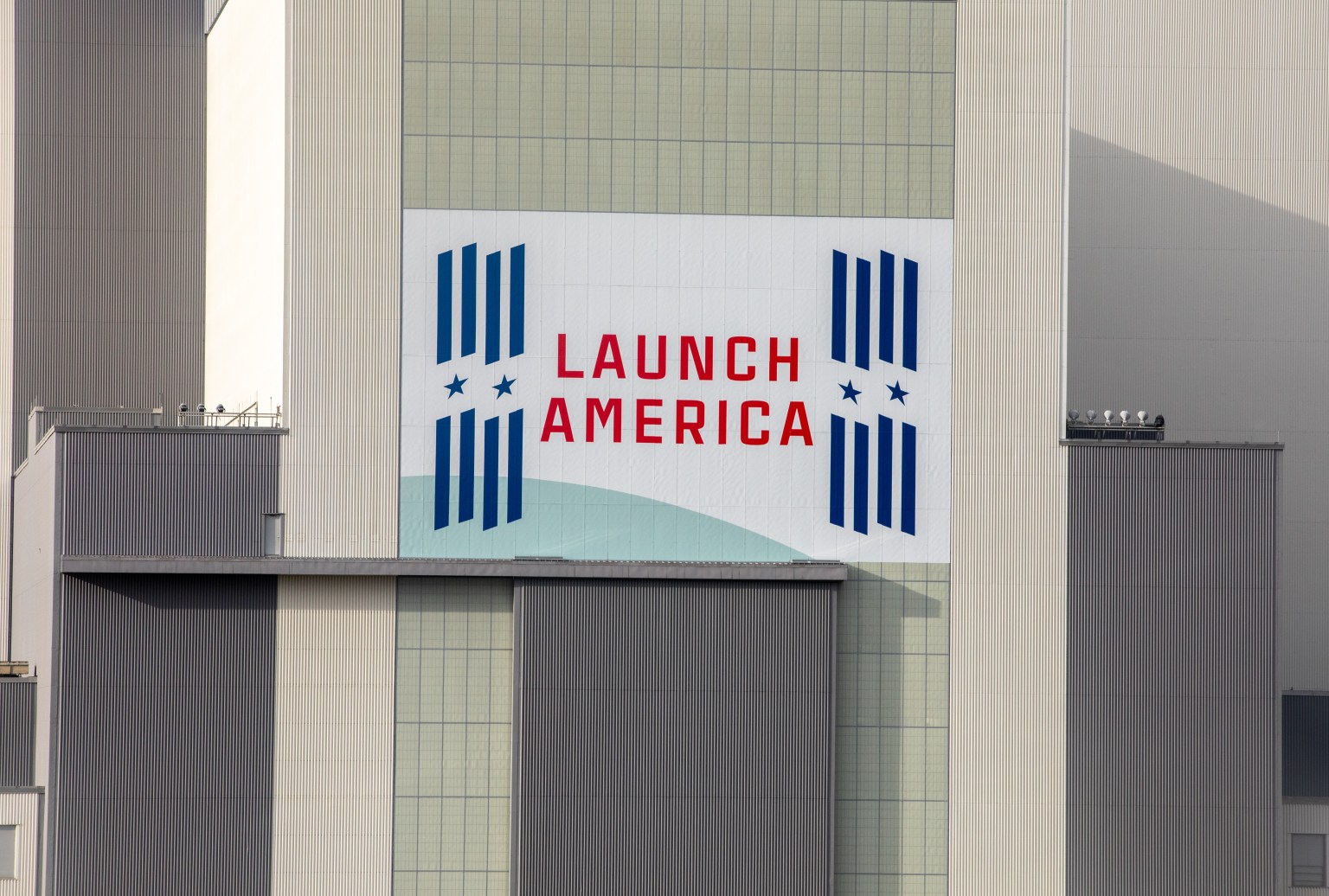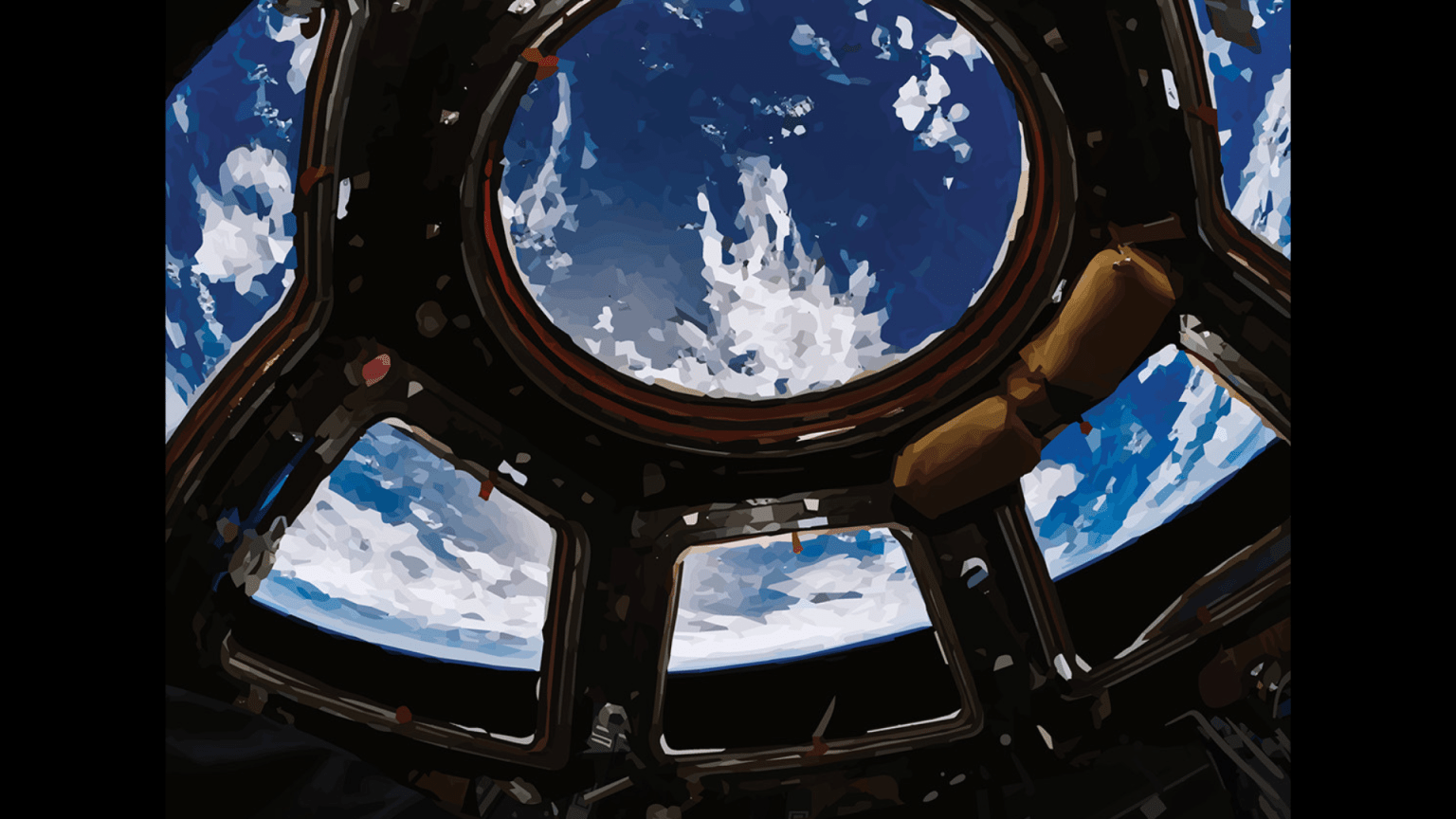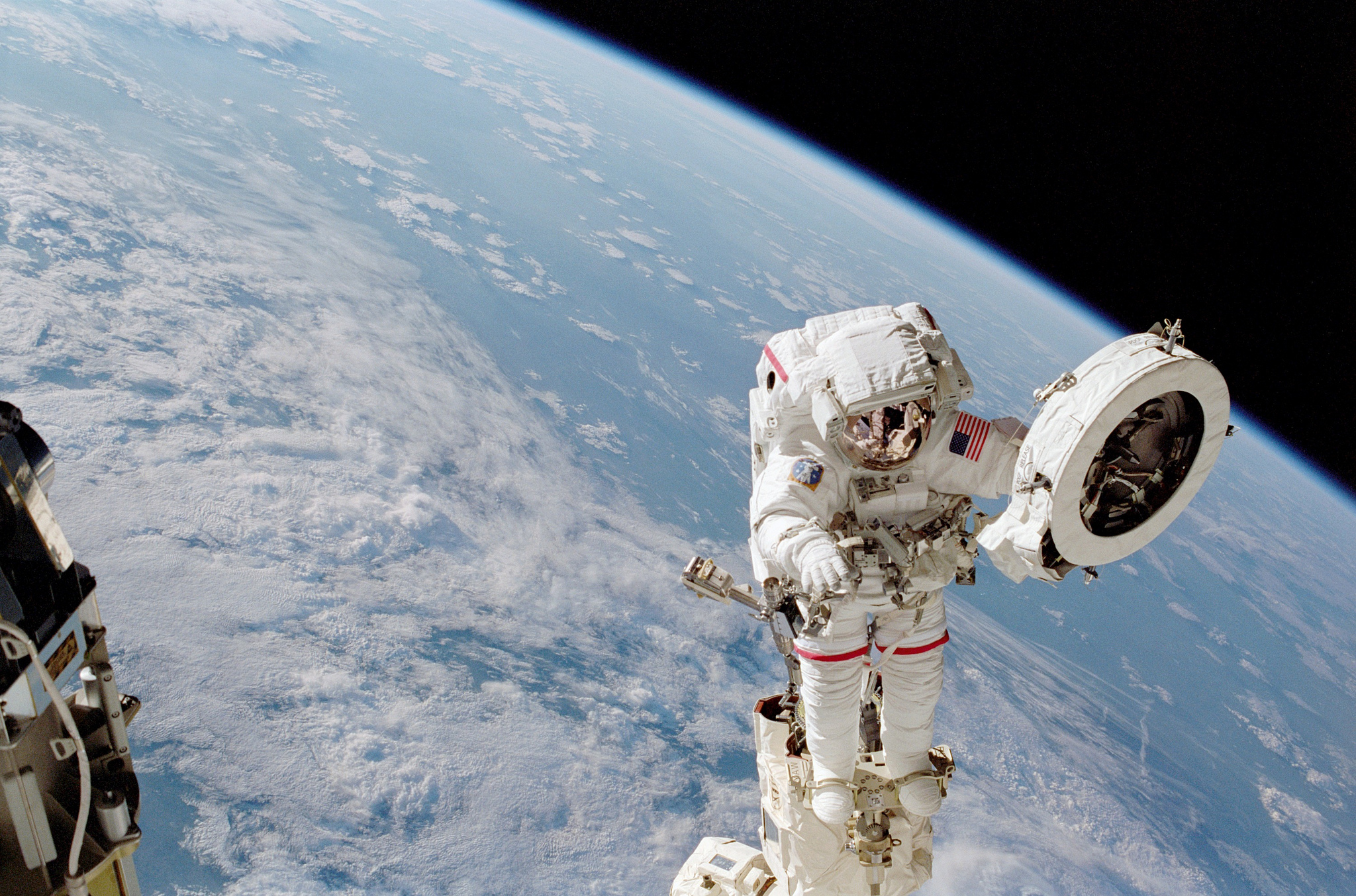
Station Overview
We are driven to explore the unknown, discover new worlds, push the boundaries of our scientific and technical limits, and then push further.
TODAY
Expedition 72 Crew Members
Docked Crew and Cargo Spacecraft
Visiting Vehicles
Four different crew ships and five different resupply ships have visited the International Space Station.
View List of All Visiting Vehicles
Station Spacewalks
Over 270 spacewalks in NASA's Extravehicular Mobility Units (EMUs), or spacesuits, and Roscosmos Orlan spacesuits have been conducted since 1998 at the International Space Station.
Learn More About Station Spacewalks
Assembly Elements
Five international space agencies and over a dozen countries have contributed to the assembly of the International Space Station since November of 1998.
Learn About the Station Elements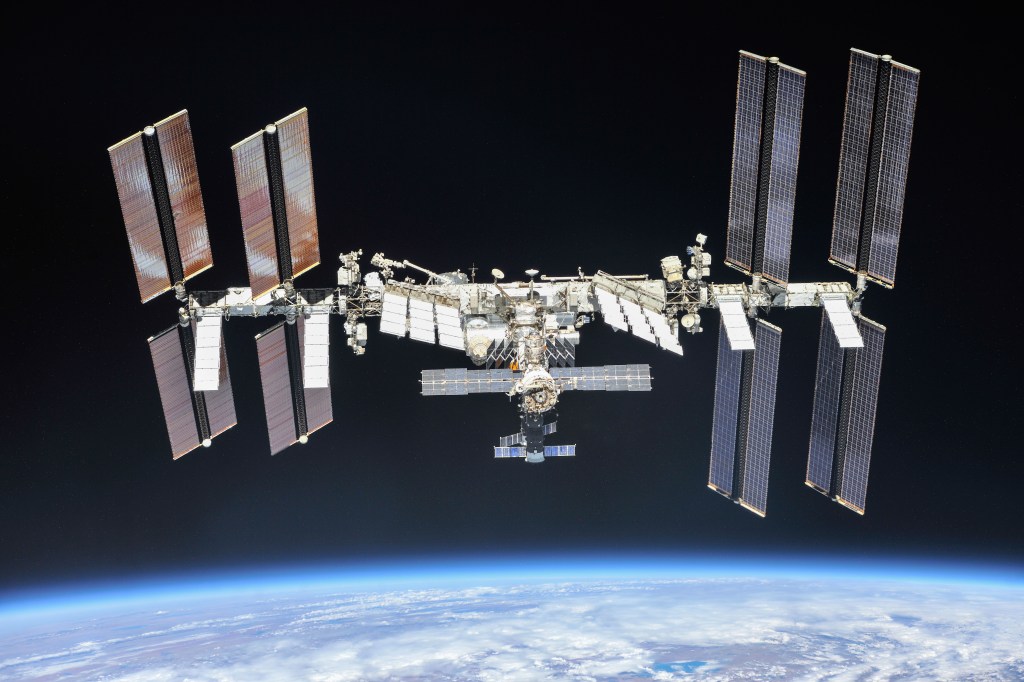
Station Facts and Figures
Crew members live and work aboard the International Space Station orbiting Earth 16 times a day. The orbital outpost is larger than a six-bedroom house with six sleeping quarters, two bathrooms, a gym, and a 360-degree view bay window.
Learn Facts About the Station
Station Visitors
Over 270 astronauts, cosmonauts, and spaceflight participants from over 20 countries have visited to the International Space Station.
See Who Has Visited the Station
NASA Astronaut Record Holders
Astronaut Frank Rubio holds the NASA record for the longest single spaceflight. Astronaut Peggy Whitson holds the NASA record for most cumulative days in space.
Meet the Station Record Holders
International Cooperation
An international partnership of space agencies provides and operates the elements of the International Space Station. The principals are the space agencies of the United States, Russia, Europe, Japan, and Canada. The orbital outpost has been the most politically complex space exploration program ever undertaken.
Meet the International Partners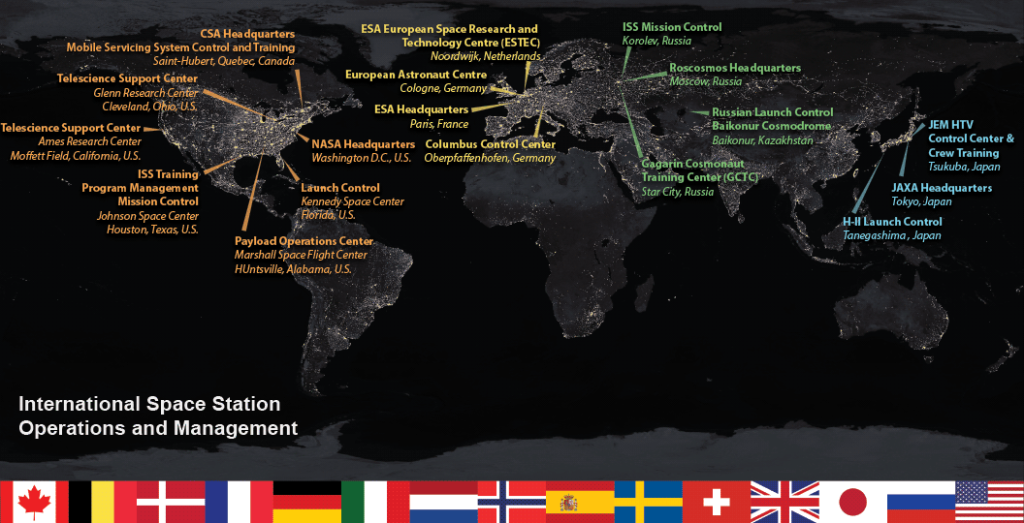
A Unique Place
The International Space Station is a unique place – a convergence of science, technology and human innovation that demonstrates new technologies and makes research breakthroughs not possible on Earth.
Learn What Makes the Station Unique



























